
How a High-Protein Diet Supports Healthy Aging and Prevents Muscle Loss
Aging is a natural part of life, but how we age can be influenced by the choices we make—especially when it comes to nutrition. One of the most overlooked yet powerful dietary strategies for aging well is ensuring adequate protein intake. As people grow older, maintaining muscle mass, strength, and functionality becomes essential to living independently, avoiding falls, and preserving quality of life. A high-protein diet plays a pivotal role in supporting these goals and combating age-related muscle loss, also known as sarcopenia.

Understanding Sarcopenia: The Silent Threat of Aging
Sarcopenia is the progressive loss of skeletal muscle mass and strength that occurs with age. It often begins in the fourth decade of life and accelerates after the age of 60. Muscle loss not only leads to frailty and reduced mobility but is also linked to a higher risk of chronic diseases, hospitalization, and even mortality.
Several factors contribute to sarcopenia, including hormonal changes, physical inactivity, chronic inflammation, and inadequate nutrition—particularly insufficient protein intake. Unlike younger adults, older individuals require more protein per kilogram of body weight to stimulate muscle protein synthesis effectively.
Causes of Age-Related Muscle Loss
-
Hormonal Decline: Levels of testosterone, growth hormone, and insulin-like growth factor-1 (IGF-1) naturally decrease with age, reducing the body’s ability to build and maintain muscle tissue.
-
Inactivity: A sedentary lifestyle can accelerate muscle wasting. Without regular strength or resistance training, muscle fibers weaken and shrink over time.
-
Nutritional Deficiencies: Older adults often consume less food overall, and protein-rich foods may be underrepresented in their diet due to dental issues, digestion concerns, or appetite loss.
-
Chronic Illness and Inflammation: Conditions like diabetes, arthritis, and cardiovascular disease increase systemic inflammation, which breaks down muscle tissue faster than it can be rebuilt.
Signs and Symptoms of Muscle Loss in Aging Adults
-
Noticeable reduction in muscle size and firmness
-
Fatigue and reduced stamina during daily activities
-
Difficulty climbing stairs or rising from a chair
-
Decreased balance and frequent falls
-
Unintentional weight loss, particularly lean body mass
Detecting these early signs allows for timely dietary and lifestyle interventions to preserve muscle function.
The Role of Protein in Muscle Maintenance
Protein is composed of amino acids, the building blocks required for muscle repair and growth. For older adults, protein becomes even more crucial because the efficiency of muscle protein synthesis declines with age. This phenomenon is known as "anabolic resistance." To counteract this, older individuals need higher quantities and quality of protein to trigger muscle building.
Incorporating protein evenly throughout the day—rather than in one or two large meals—can optimize absorption and utilization. Each meal should ideally contain 25–30 grams of high-quality protein to stimulate muscle maintenance effectively.
High-Protein Foods Ideal for Older Adults
|
Food Item |
Protein Content (Per 100g) |
Additional Benefits |
|---|---|---|
|
Chicken Breast |
31g |
Lean source, easy to cook |
|
Eggs |
13g |
High biological value, affordable |
|
Greek Yogurt |
10g |
Calcium-rich, gut-friendly |
|
Paneer/Cottage Cheese |
18g |
Vegetarian-friendly, versatile |
|
Fish (Salmon, Tuna) |
20–25g |
Rich in omega-3s, anti-inflammatory |
|
Lentils and Pulses |
9g |
High fiber, plant-based |
|
Tofu |
8g |
Vegan option, low in fat |
|
Whey Protein Powder |
20–25g (per scoop) |
Convenient, fast-absorbing |
Including a mix of animal and plant-based proteins can help meet daily protein goals while catering to different dietary preferences.
Protein Timing and Distribution
Instead of consuming a protein-heavy dinner alone, spreading intake across breakfast, lunch, and dinner improves overall muscle protein synthesis. For example, a day could include scrambled eggs and paneer paratha for breakfast, a lentil-based curry with brown rice for lunch, and grilled fish or chicken with sautéed vegetables for dinner.
Post-exercise meals are especially critical. Consuming a protein-rich snack or shake within 30 minutes of strength training helps muscles recover and grow more efficiently.
Other Nutrients That Work With Protein
While protein is the cornerstone of muscle maintenance, several other nutrients enhance its effects:
-
Vitamin D: Supports muscle function and calcium absorption. Sunlight exposure and fortified foods are good sources.
-
Calcium: Essential for muscle contraction and bone health. Found in dairy, leafy greens, and fortified plant milks.
-
Omega-3 Fatty Acids: Help reduce inflammation and may enhance muscle protein synthesis. Rich sources include fatty fish, flaxseeds, and walnuts.
-
Creatine: Naturally found in meat and also available as a supplement, it improves strength and muscle mass when combined with resistance training.
Exercise: The Essential Companion to Protein
A high-protein diet alone is not enough to prevent muscle loss. Regular physical activity, particularly resistance training, is vital to stimulate muscle growth. Weight lifting, resistance band workouts, bodyweight exercises (like squats and push-ups), and even yoga can help older adults maintain and build muscle mass.
Aerobic activities like walking, swimming, and cycling also play a role in maintaining overall vitality and cardiovascular health, which complements the benefits of protein intake.
Sample One-Day High-Protein Meal Plan for Healthy Aging
|
Meal |
Menu Example |
|---|---|
|
Breakfast |
2 boiled eggs, 1 slice multigrain toast, 1 cup Greek yogurt, chia seeds |
|
Mid-Morning |
Handful of roasted almonds and a glass of milk |
|
Lunch |
Grilled chicken breast, sautéed spinach, quinoa, cucumber raita |
|
Snack |
Whey protein smoothie with banana and peanut butter |
|
Dinner |
Palak paneer, mixed vegetable stir-fry, a small bowl of brown rice |
This meal plan ensures steady protein intake throughout the day, balanced with fiber, healthy fats, and essential micronutrients.

Conclusion: Aging Strong With Protein Power
A high-protein diet is not just for athletes or bodybuilders—it’s a vital tool for healthy aging. As muscle mass naturally declines with age, prioritizing protein-rich foods can help preserve strength, independence, and vitality. When combined with regular exercise and other supportive nutrients, protein becomes a powerful ally in combating sarcopenia and enhancing the quality of life well into the later years.
This Blog post is an initiative by Lo! Foods, to provide accurate and Nutritionist / Doctor approved information related to Health. Lo! Foods is India's leading brand for Everyday Functional Foods. Foods designed for specific Health conditions or Needs. Lo! Foods also runs India's largest range of Low Carb Healthy Cloud Kitchens, under the brand names of Lo!, ProteinChef, ATH (All Things Healthy) and DiabeSmart.



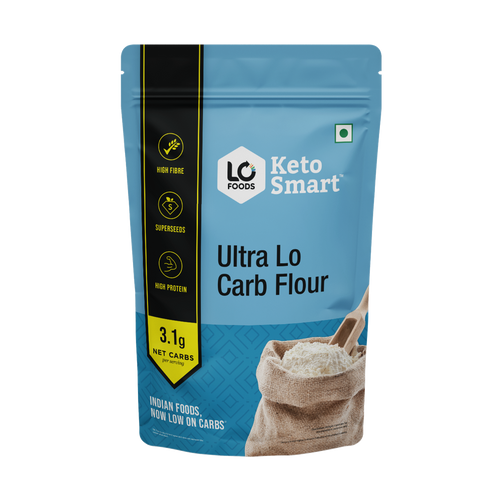
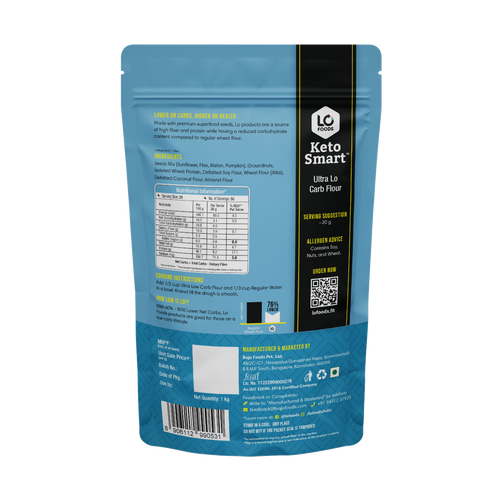
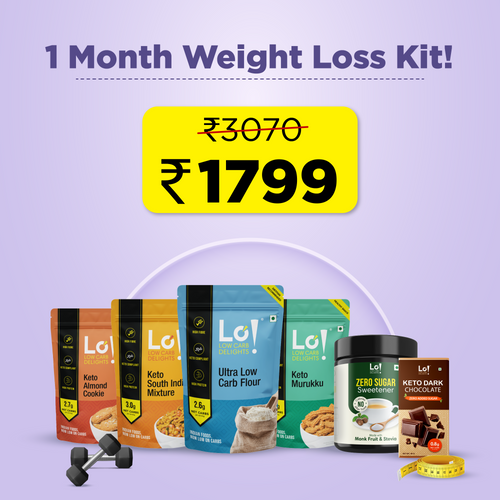
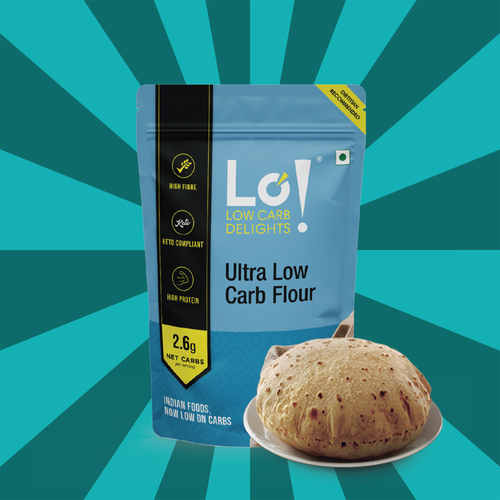
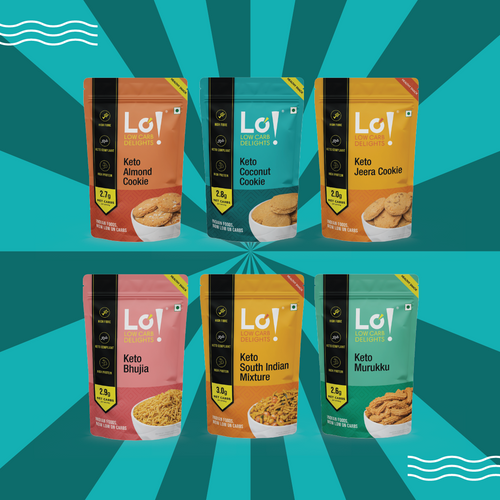







Leave a comment
Your email address will not be published.